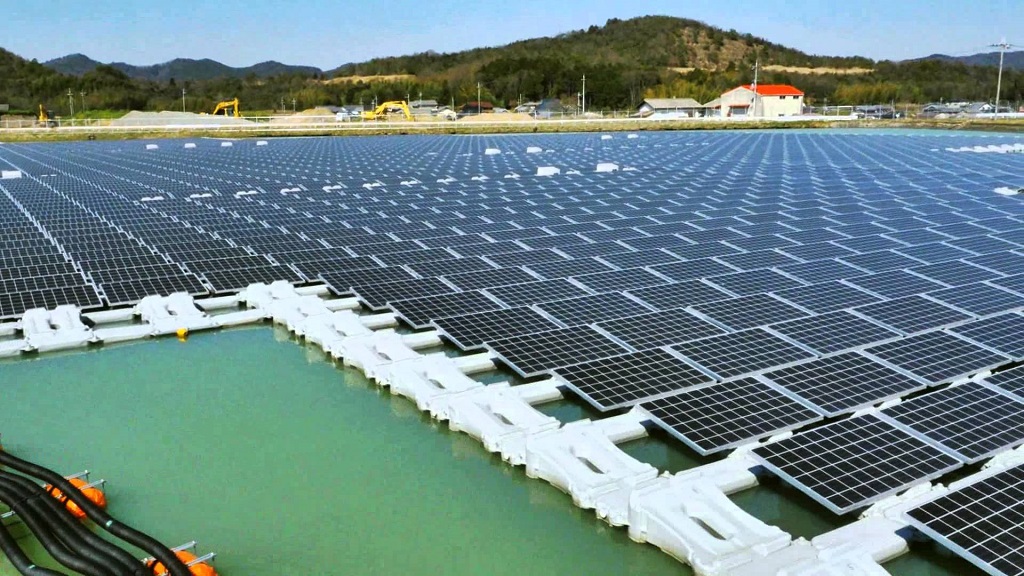China has successfully built what is now the largest floating solar farm in the world. What is more significant about this, however, is that the farm has been built on a lake that is sitting on a lake which was before now a coal mine.
Built by the Sungrow Power Supply, this solar plant which is located in the city of Huainan has the capacity of generating 40 megawatts of electricity utilizing its 166,000 panels. The power generated by the farm is capable of powering up to 15,000 homes. This will be very significant for an average sized African town.
The project has been on since 2017 following the development of an artificial lake from the abandoned coal mine. It was the heavy rains that were experienced in the area that filled water into the lake that is has a depth that is said to be from 12 feet to 30 feet. China is not the only place in the world where the technology of the floating solar farm has been adopted. In 2016, Britain has also done the same with a 23,000-panel floating solar farm that was built on the Queen Elizabeth II reservoir to help power the Thames Water treatment plant near Heathrow airport. It is Europe’s largest floating solar farm.
Here are lessons for Africa from China’s Floating Solar Farm
It is easy to take advantage of the change in climate
The truth is that based on all indications and findings, the world is becoming warmer and there is a great solar boom in many places around the world and most especially in Africa. What this means is that African countries can take advantage of the solar boom just like China and tap in to solve power challenges.
Renewable Energy is key

As a result of pollution and climate change, renewable energy is seen as the key to the future. It is also key to solving the power challenges in most parts of Africa because of its low cost among other things.
The essence of this is very clear when you realize that with its present project, China is planning on investing $361 billion in renewable power by 2020. Renewable energy use in the country as at 2017 stood at 11 percent but may reach 20 percent by 2030. Interestingly enough, many other countries in Asia and the west are massively investing in renewable energy.
There are no useless sites
Previously abandoned, the government of China has been able to turn this former coal mining site into a good place for its solar farm. What this serves to teach Africa and the world is that there is no site that is useless as abandoned areas and places of previous disasters could be used for a power generation.
In fact, Ukraine has done something similar with the Chernobyl nuclear disaster site. It has utilized the site to also develop a solar farm that is still being built.
The many benefits of having a solar farm on water
There are many benefits to sitting the solar farm on the abandoned coal mine. This is because apart from not interfering with the terrestrial ecosystem, it also has the benefit of leaving available lands for vegetation and wildlife.
In addition to this, the floating solar farm does not get to be unnecessarily heated up since it is on water. As a result of this, while it will be able to do its work, it will also last longer.
Vast Advantages
In 2013, China has lost more than 366,000 people as a result of pollution and it has been linked to 9 million deaths worldwide in 2015. This is the first benefit that having an energy source that will cut pollution is going to solve. More so, there is the advantage of cost a pointed out, convenience, and a whole lot more.
Essentially, adopting this technology will come with a vast range of advantages for African countries.
Related Post: 7 Very Important Technology That Nigeria Is Behind In














